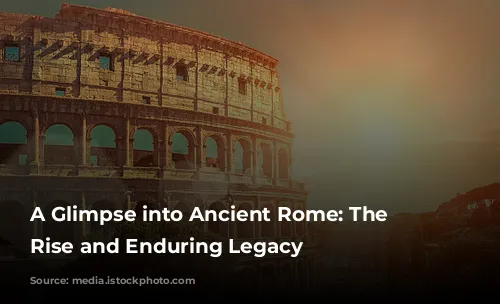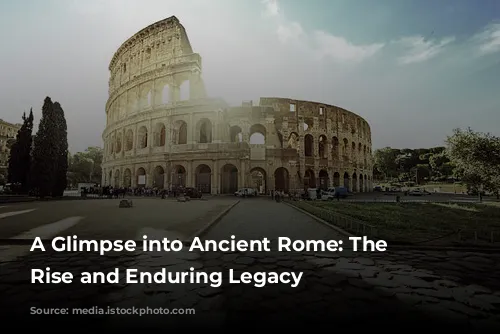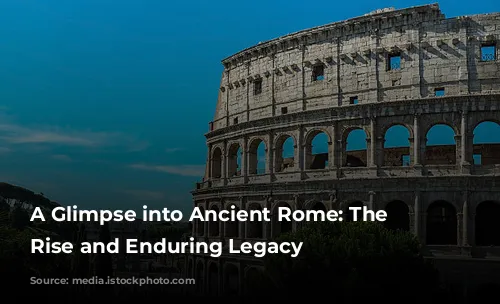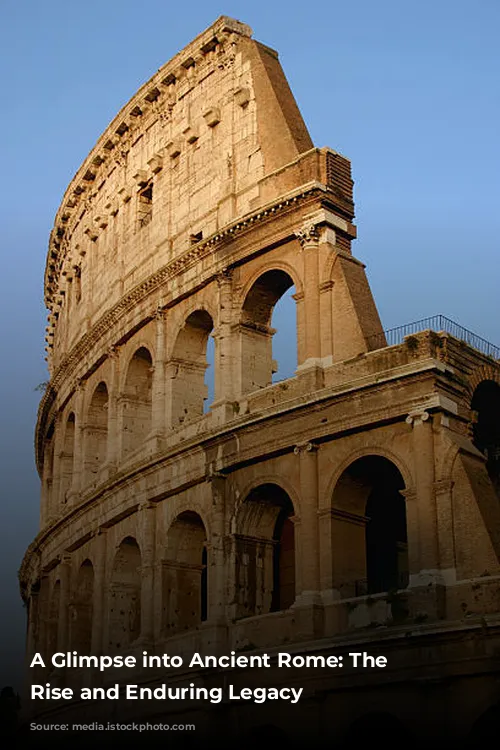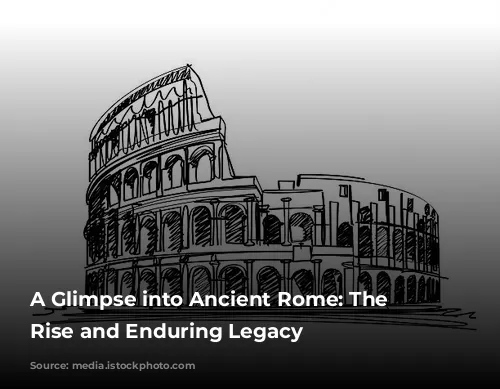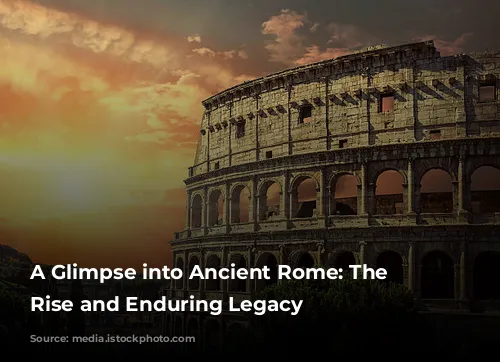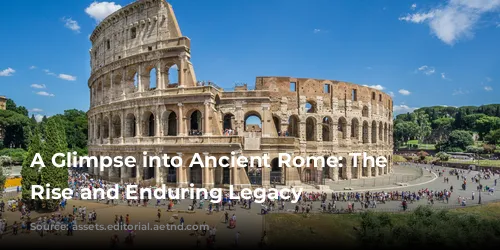The Colosseum, also known as the Flavian Amphitheater, stands as a testament to the grandeur of the ancient Roman world. More than just a place for thrilling spectacles, it serves as a powerful symbol of the Flavian dynasty’s dominance and the remarkable ingenuity of Roman engineering.
This awe-inspiring structure, built in the first century AD, witnessed countless hours of captivating entertainment. Gladiators battled valiantly, wild animals roared in the arena, and the roar of the crowd echoed through its vast expanse. Today, the Colosseum stands as a powerful reminder of a bygone era, inviting us to explore its fascinating history and appreciate its architectural marvels.

A Monument to Imperial Power
The Flavian dynasty, led by Vespasian, Titus, and Domitian, sought to restore Rome after years of turmoil. They embarked on a massive construction project, breathing life back into a city ravaged by fire, plague, and civil war.
In 70 AD, Vespasian ordered the construction of the Colosseum in the heart of the city, using the spoils of war from the Roman siege of Jerusalem. This majestic amphitheater, dedicated a decade later, served as a powerful symbol of Rome’s resurgence and the Flavian dynasty’s triumph.

A Triumph of Architecture and Engineering
The Colosseum was not merely a symbol of power; it was also a marvel of engineering and architecture. The largest and most complex permanent amphitheater in the ancient world, it was built with an impressive blend of materials—concrete, travertine, marble, stone, and timber.
Rising to a height of 157 feet, roughly equivalent to a 15-story building, it could accommodate an estimated 50,000 to 80,000 spectators. The sheer scale and grandeur of the Colosseum left a lasting impression on those who witnessed it.
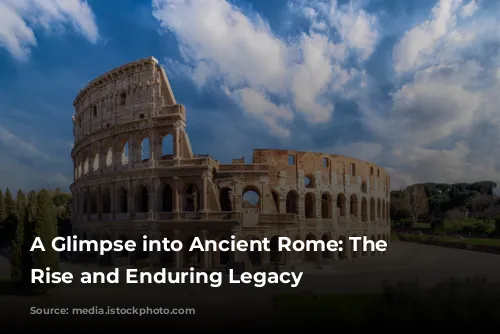
Building on a Legacy of Destruction
The Flavian dynasty made a deliberate choice to build the Colosseum on the site of Nero’s opulent estate, Domus Aurea. This choice was both symbolic and practical. By replacing Nero’s extravagance with a structure dedicated to public entertainment, they sought to erase his memory and solidify their own legacy.
They also took advantage of the existing infrastructure. Nero’s artificial lake was filled in to create a stable foundation for the Colosseum, a testament to the ingenuity and resourcefulness of Roman engineers.
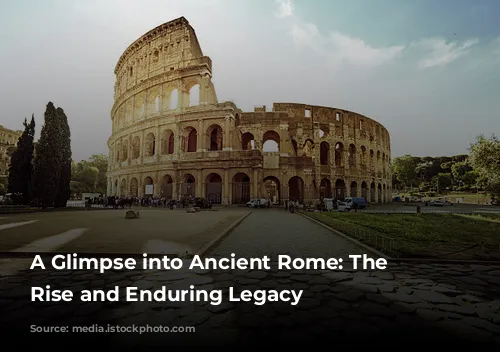
A Reflection of Roman Society
The Colosseum served not only as a space for entertainment but also as a reflection of Roman society’s strict social hierarchy. Seating was arranged according to social status, wealth, and gender, reinforcing the established order.
The Emperor and senatorial nobility occupied the best seats closest to the arena, followed by the Equestrian order. The vast majority of the population, including women, foreigners, and the poor and enslaved, were relegated to the upper tiers.
The Colosseum’s design facilitated the smooth flow of people throughout its vast structure, with designated entrances for different social groups. This meticulous organization ensured the preservation of order and reflected the social hierarchy of the Roman world.
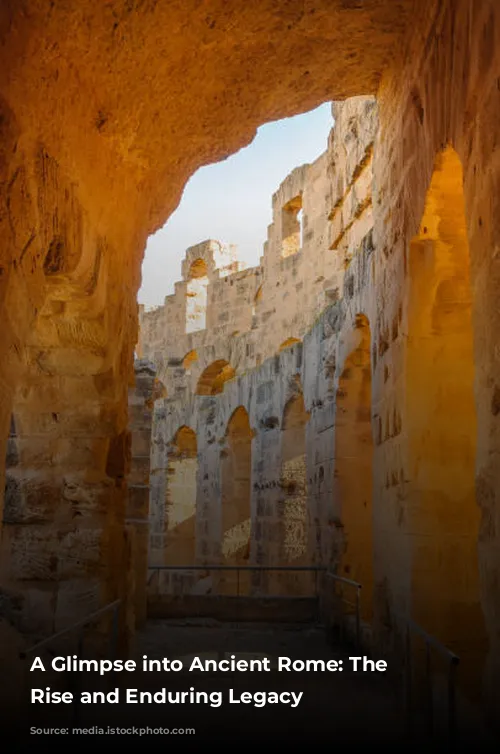
The Architectural Genius of the Colosseum
The Colosseum stands apart from other Roman amphitheaters, most of which were temporary structures built of wood. The use of concrete, a revolutionary material for its time, allowed the Colosseum to be built on a grand scale, while its elliptical shape ensured that all spectators had a clear view of the arena.
The Colosseum’s architectural design, including its columns, arches, and barrel vaults, borrowed heavily from Greek theaters, demonstrating the influence of earlier civilizations on Roman architecture. Its innovative use of concrete, however, was a uniquely Roman innovation that made it a true masterpiece of engineering.
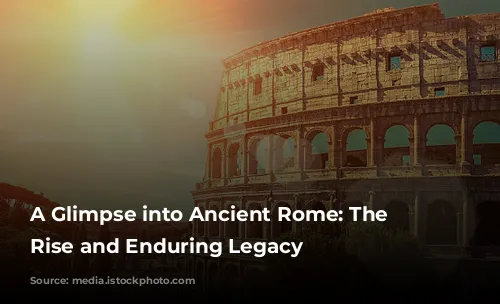
A Monument of Enduring Strength
The Colosseum’s enduring strength is a testament to the remarkable skills of Roman engineers. The use of concrete, combined with a deep and strong foundation, allowed the structure to withstand the test of time.
The Colosseum’s sophisticated drainage system, retractable awning, and network of tunnels beneath the arena floor, known as the hypogeum, further demonstrate the Romans’ innovative approach to building and engineering.
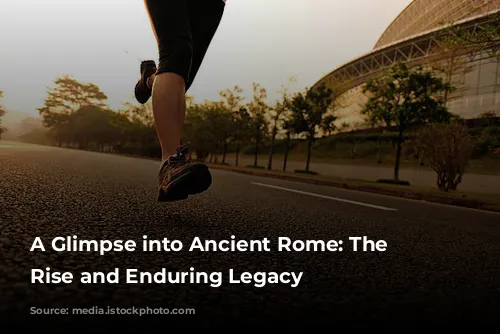
A Lasting Legacy
The Colosseum stands as a symbol of Rome’s enduring legacy. It served as a platform for entertainment, a reflection of Roman society, and a monument to architectural ingenuity. It continues to inspire awe and wonder in visitors from around the world.
Today, the Colosseum stands as a reminder of the grandeur and complexity of ancient Rome, offering insights into the lives, social structures, and engineering achievements of a bygone era. Its architectural innovations continue to inspire modern architects and engineers, showcasing the timeless appeal of Roman engineering.
